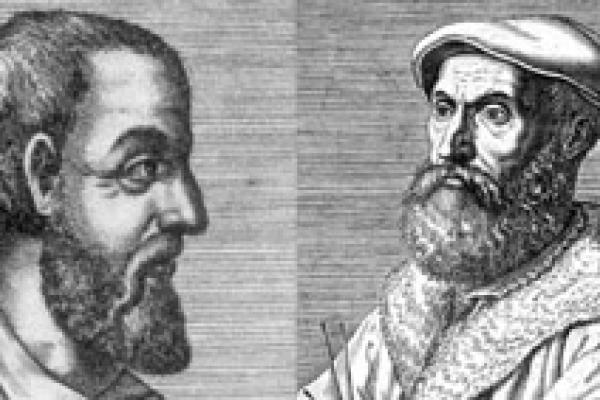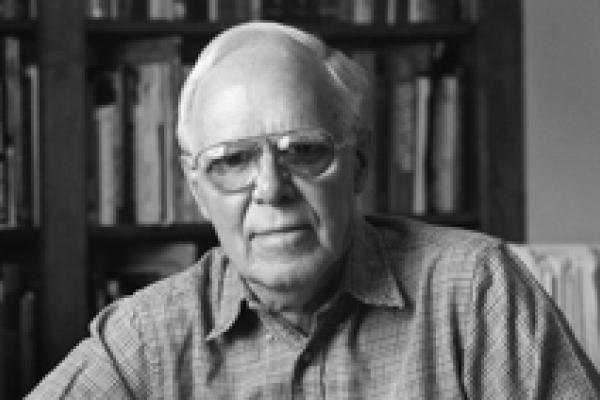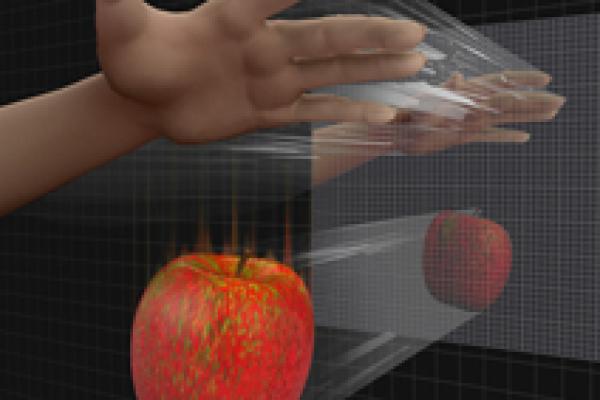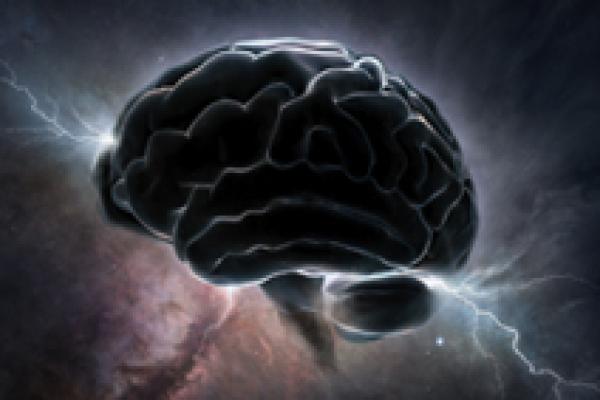Article
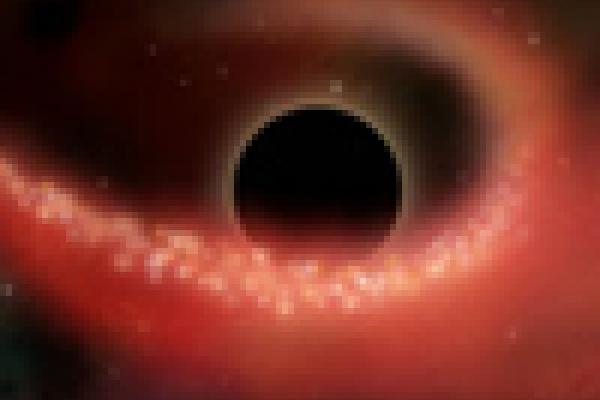
Black holes: Paradox regained
In 2004 Stephen Hawking famously conceded that black holes do not devour all information when they swallow matter — seemingly resolving the black hole information paradox that had perplexed physicists for decades. But some argue that the paradox remains open and we must abandon our simple picture of spacetime to unravel it.


